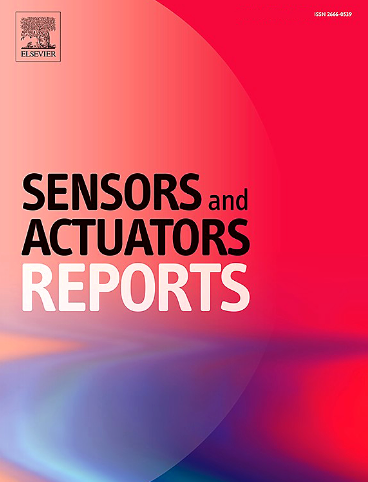Advancements in the integration of isothermal nucleic acid amplification methods for point-of-care testing in resource-limited settings
IF 7.6
Q1 BIOTECHNOLOGY & APPLIED MICROBIOLOGY
引用次数: 0
Abstract
Environmental conditions in low-resource areas exert significant pressure on populations, healthcare personnel, and the tools used for disease diagnosis. Fortunately, advancements in molecular assays now allow for rapid and efficient analysis, leading to effective clinical diagnostics and food safety interventions. Additionally, developing microfluidics and nanotechnologies has facilitated the miniaturization of integrated devices for point-of-care (POC) testing. These innovations have improved sensitivity while significantly reducing the time and cost associated with individual analyzes. This review focuses on the applications of molecular diagnostics for POC devices in low-resource settings, with a particular emphasis on isothermal nucleic acid amplification assays integrated into microfluidic platforms. It begins with an overview of the unmet needs for POC testing and its importance in resource-limited areas. Following this, isothermal amplification methods are described, highlighting their advantages and limitations when implemented in POC platforms, along with real-world applications in biological and food matrices in low- and middle-income countries. We then examine the unique features of POC systems, such as the use of low-cost materials for device fabrication, portability, and detection methods that provide rapid and reliable results near the site of patient care. This capability enables early-stage diagnosis and improved clinical management in low-resource environments.

在资源有限的情况下,将等温核酸扩增方法整合到护理点检测中的进展
低资源地区的环境条件对人口、卫生保健人员和用于疾病诊断的工具施加了巨大压力。幸运的是,分子分析技术的进步现在允许进行快速有效的分析,从而导致有效的临床诊断和食品安全干预。此外,微流体和纳米技术的发展促进了即时检测集成设备的小型化。这些创新提高了灵敏度,同时显著减少了与单个分析相关的时间和成本。本文综述了分子诊断在低资源环境下POC设备的应用,特别强调了与微流控平台集成的等温核酸扩增测定。本文首先概述了POC测试未满足的需求及其在资源有限地区的重要性。在此之后,介绍了等温扩增方法,强调了它们在POC平台中实施时的优势和局限性,以及在低收入和中等收入国家生物和食品基质中的实际应用。然后,我们研究了POC系统的独特功能,例如使用低成本材料制造设备,便携性以及在患者护理现场附近提供快速可靠结果的检测方法。这种能力可以在低资源环境中进行早期诊断和改善临床管理。
本文章由计算机程序翻译,如有差异,请以英文原文为准。
求助全文
约1分钟内获得全文
求助全文
来源期刊

Sensors and Actuators Reports
Multiple-
CiteScore
9.60
自引率
0.00%
发文量
60
审稿时长
49 days
期刊介绍:
Sensors and Actuators Reports is a peer-reviewed open access journal launched out from the Sensors and Actuators journal family. Sensors and Actuators Reports is dedicated to publishing new and original works in the field of all type of sensors and actuators, including bio-, chemical-, physical-, and nano- sensors and actuators, which demonstrates significant progress beyond the current state of the art. The journal regularly publishes original research papers, reviews, and short communications.
For research papers and short communications, the journal aims to publish the new and original work supported by experimental results and as such purely theoretical works are not accepted.
 求助内容:
求助内容: 应助结果提醒方式:
应助结果提醒方式:


